Hydroponics: The new organic energy efficient food source
- weldon Gardiner
- Feb 26
- 3 min read
Tips and Ideas for Hydroponics Style Farming
1. Choose the Right Hydroponic System
Nutrient Film Technique (NFT): Ideal for fast-growing plants, uses a thin film of nutrient solution.
Deep Water Culture (DWC): Plants are suspended in a nutrient solution with air stones providing oxygen.
Wick System: A passive system that uses a wick to draw nutrient solution to the plants.
Drip System: Delivers nutrient solution directly to the roots through a network of tubes.
2. Select Suitable Plants
Leafy Greens: Lettuce, spinach, and kale thrive in hydroponic systems.
Herbs: Basil, mint, and cilantro are excellent choices for hydroponics.
Fruiting Plants: Tomatoes, peppers, and strawberries can also be grown successfully.
3. Monitor Nutrient Levels
Regularly check the pH and electrical conductivity (EC) of your nutrient solution.
Adjust nutrient concentrations based on plant growth stages.
4. Optimize Lighting Conditions
Use LED grow lights for energy efficiency and optimal light spectrum.
Ensure plants receive adequate light for 12-16 hours daily.
5. Ensure Proper Air Circulation
Install fans to maintain airflow and prevent mold or disease.
Consider using oscillating fans to distribute air evenly.
6. Maintain Cleanliness
Regularly clean your hydroponic system to prevent algae and pathogens.
Use sterilizing agents as needed to keep the environment healthy.
7. Experiment with Different Growing Media
Coconut Coir: Provides good drainage and aeration.
Rockwool: Retains moisture and is sterile.
Clay Pellets: Excellent for drainage and stability.
8. Implement a Pest Management Plan
Use organic pesticides or introduce beneficial insects to control pests.
Regularly inspect plants for signs of infestation.
9. Start Small and Scale Up


Begin with a small system to learn the basics before expanding.
Gradually increase the number of plants as you gain confidence.
10. Keep Learning and Adapting
Join hydroponics forums and communities for tips and support.
Stay updated with the latest research and advancements in hydroponic farming.
By following these tips and ideas, you can successfully embark on your hydroponics farming journey and enjoy the benefits of growing your own fresh produce.
Sample Titles
Hydroponics: A New Frontier in Health and Nutrition
Hydroponics represents a revolutionary approach to food cultivation that focuses on growing plants without soil, using nutrient-rich water solutions. This innovative method is gaining traction as researchers explore new food types aimed at enhancing food quality and improving health outcomes. The Bible emphasizes the significance of our dietary choices, suggesting that what we consume can influence our life expectancy.
Benefits of Hydroponic Foods
Higher Nutritional Value
Reduced Use of Pesticides
Year-Round Production
Less Water Usage
Closing Statement
In conclusion, embracing hydroponic farming can lead to better health and improved life expectancy through enhanced nutrition. Buy Now, Click Here to explore our hydroponic food options and start your journey towards better health. We invite you to leave a comment below and share your thoughts on hydroponic farming!
Benefits of Hydroponics
Hydroponics is a method of growing plants without soil, using mineral nutrient solutions in an aqueous solvent. Here are some key benefits of hydroponics:
Space Efficiency: Hydroponic systems can be set up vertically, maximizing space usage and allowing for gardening in small areas.
Water Conservation: Hydroponics uses significantly less water than traditional soil gardening, as water is recirculated in the system.
Faster Growth: Plants grown hydroponically often grow faster than those in soil due to the direct access to nutrients and optimal growing conditions.
Pest and Disease Control: Growing without soil reduces the risk of soil-borne pests and diseases, leading to healthier plants.
Year-Round Production: Hydroponics allows for controlled environments, enabling year-round cultivation regardless of external weather conditions.
Different Types of Juices for Healthy Consumption
Juicing can be a great way to incorporate more fruits and vegetables into your diet. Here are some types of juices that are both delicious and healthy:
Green Juice: Made from leafy greens like spinach, kale, and celery, often combined with fruits like apples or lemons for sweetness.
Beet Juice: Known for its rich color and earthy flavor, beet juice is great for improving blood flow and lowering blood pressure.
Carrot Juice: A sweet and nutritious option, carrot juice is high in beta-carotene and good for eye health.
Citrus Juice: Juices made from oranges, grapefruits, and lemons are packed with vitamin C and can boost your immune system.
Berry Juice: Juices from blueberries, strawberries, and raspberries are rich in antioxidants
and can help reduce inflammation.



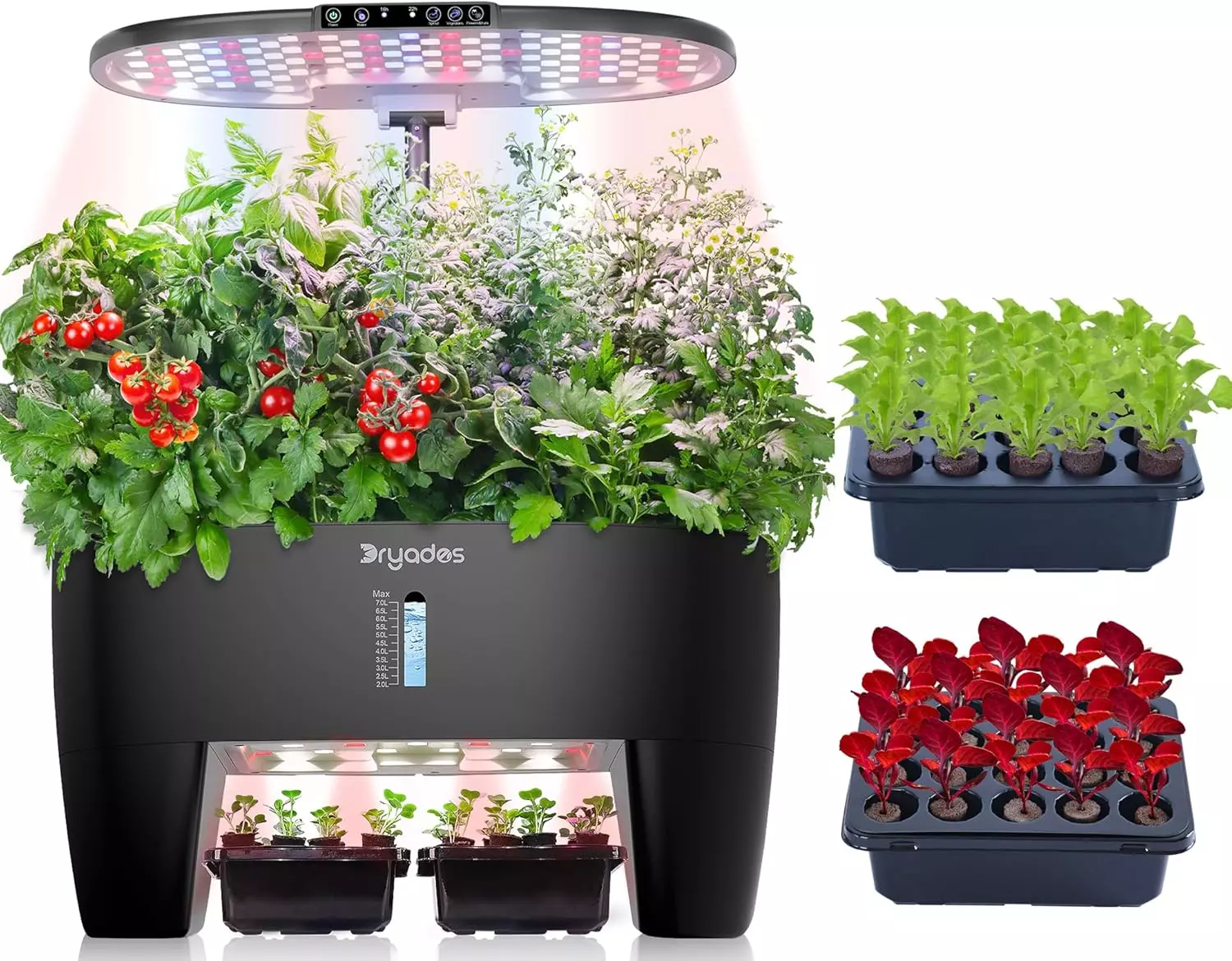
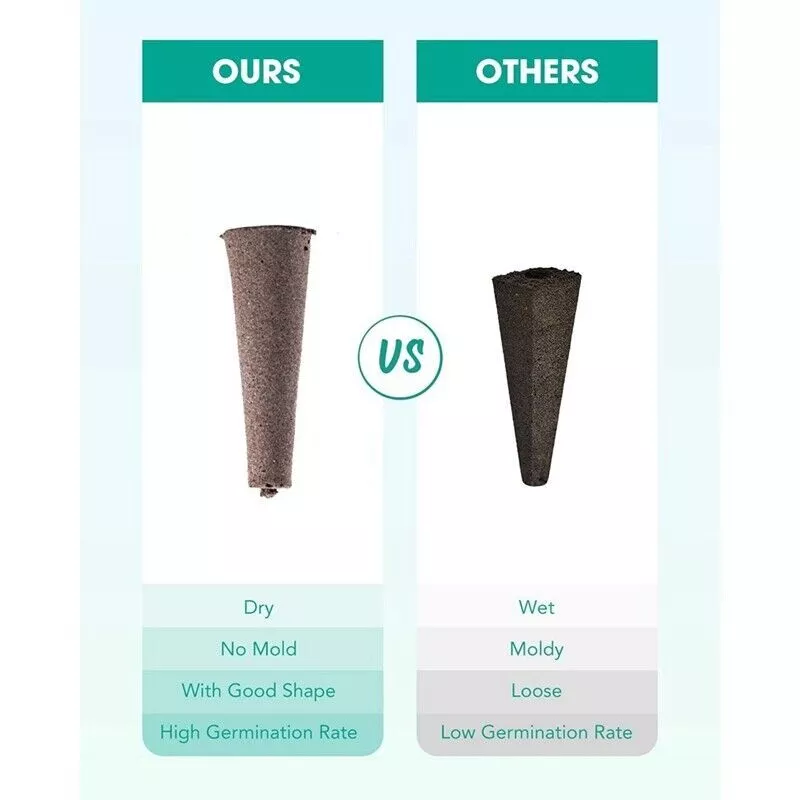


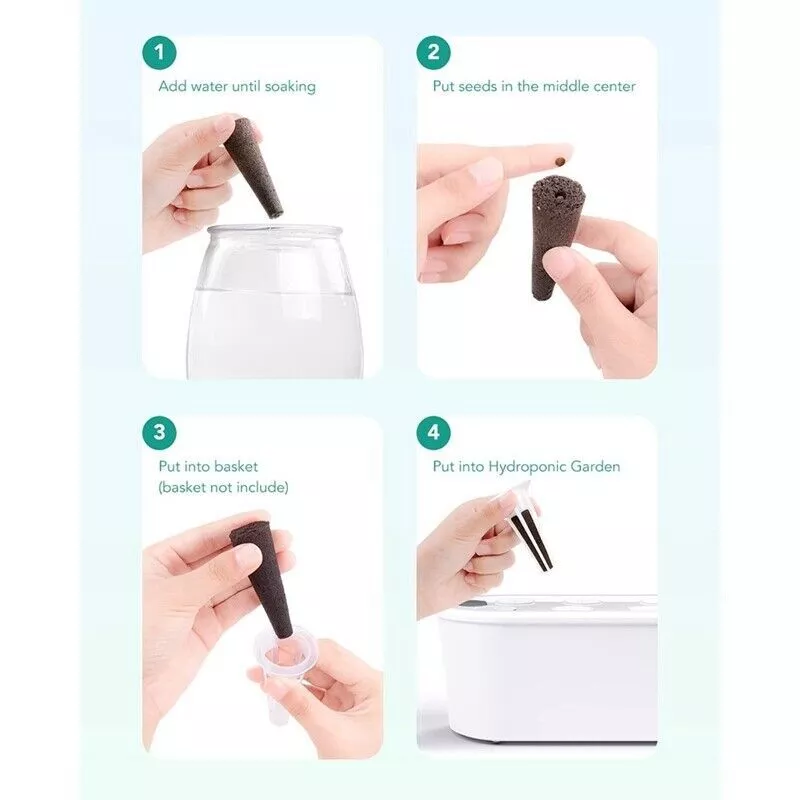
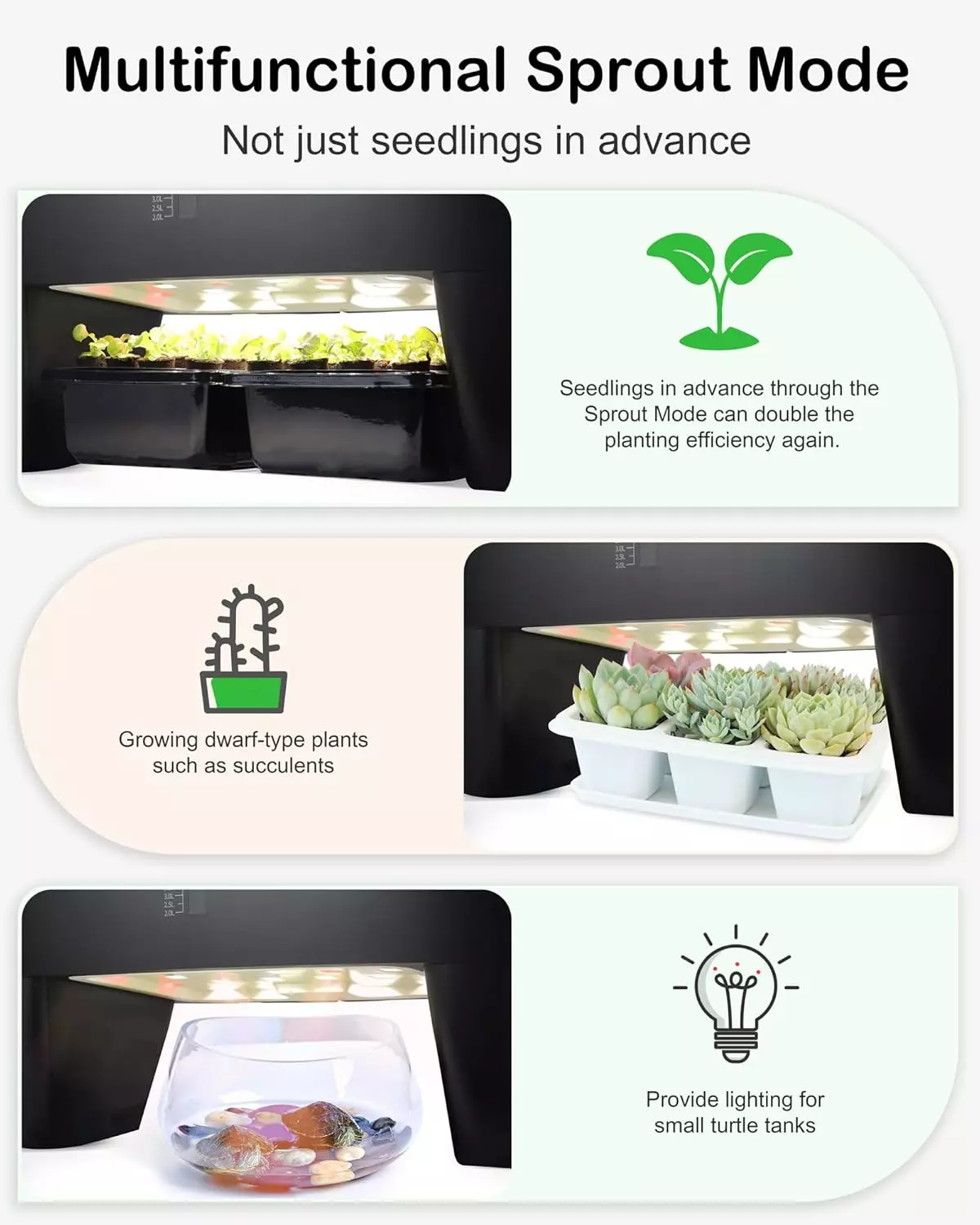
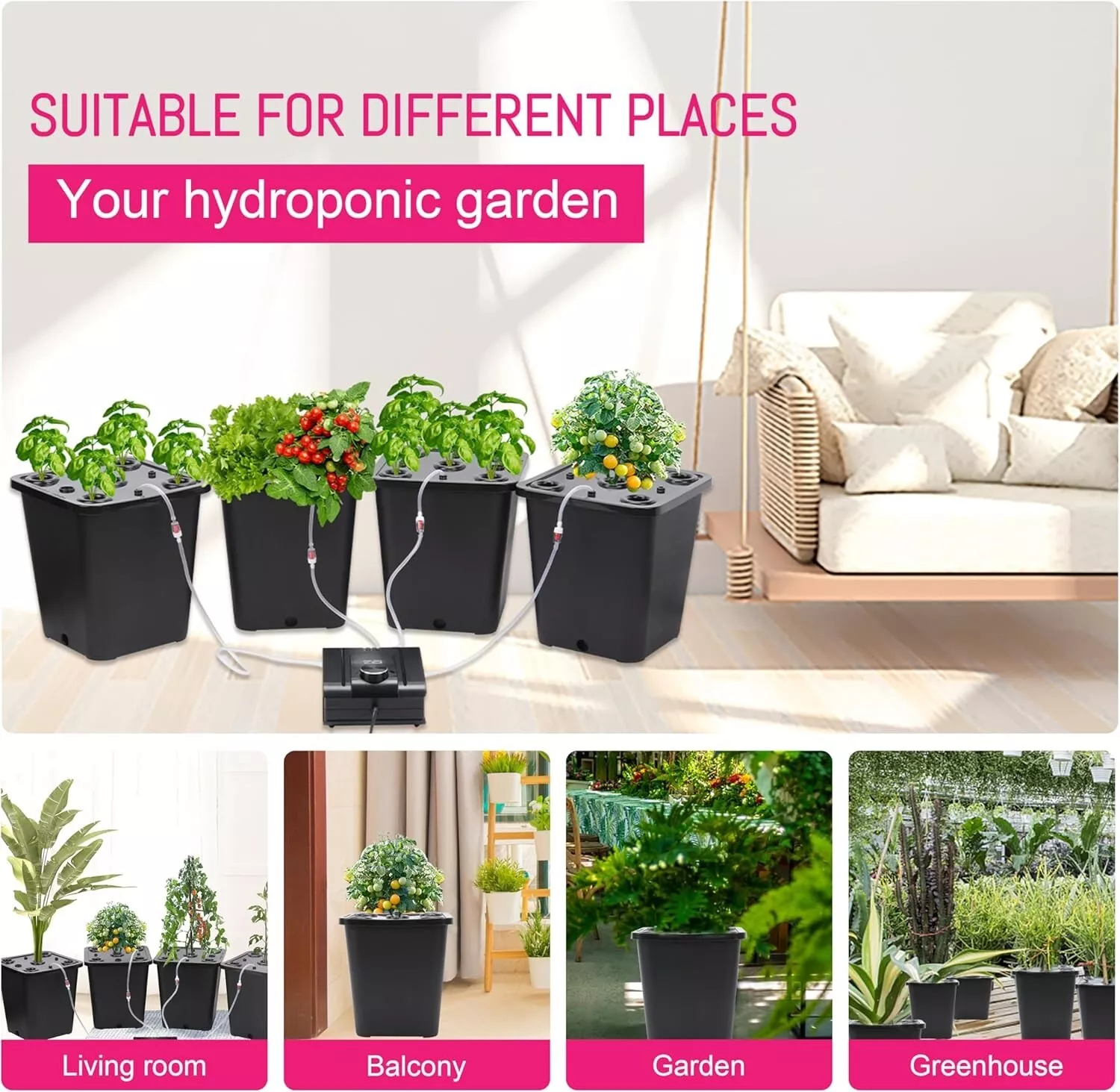



Bình luận